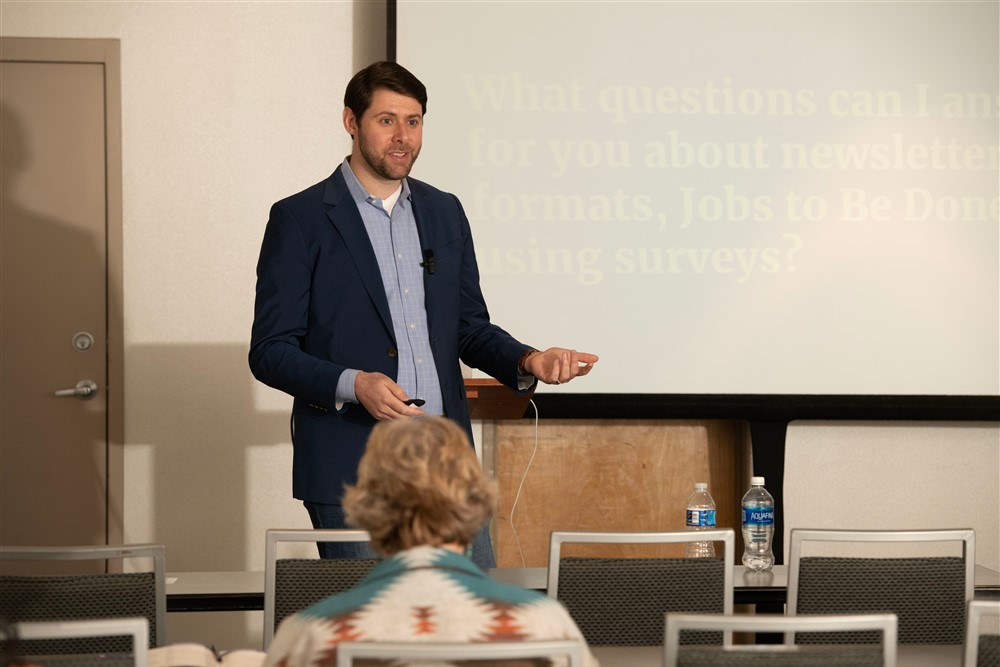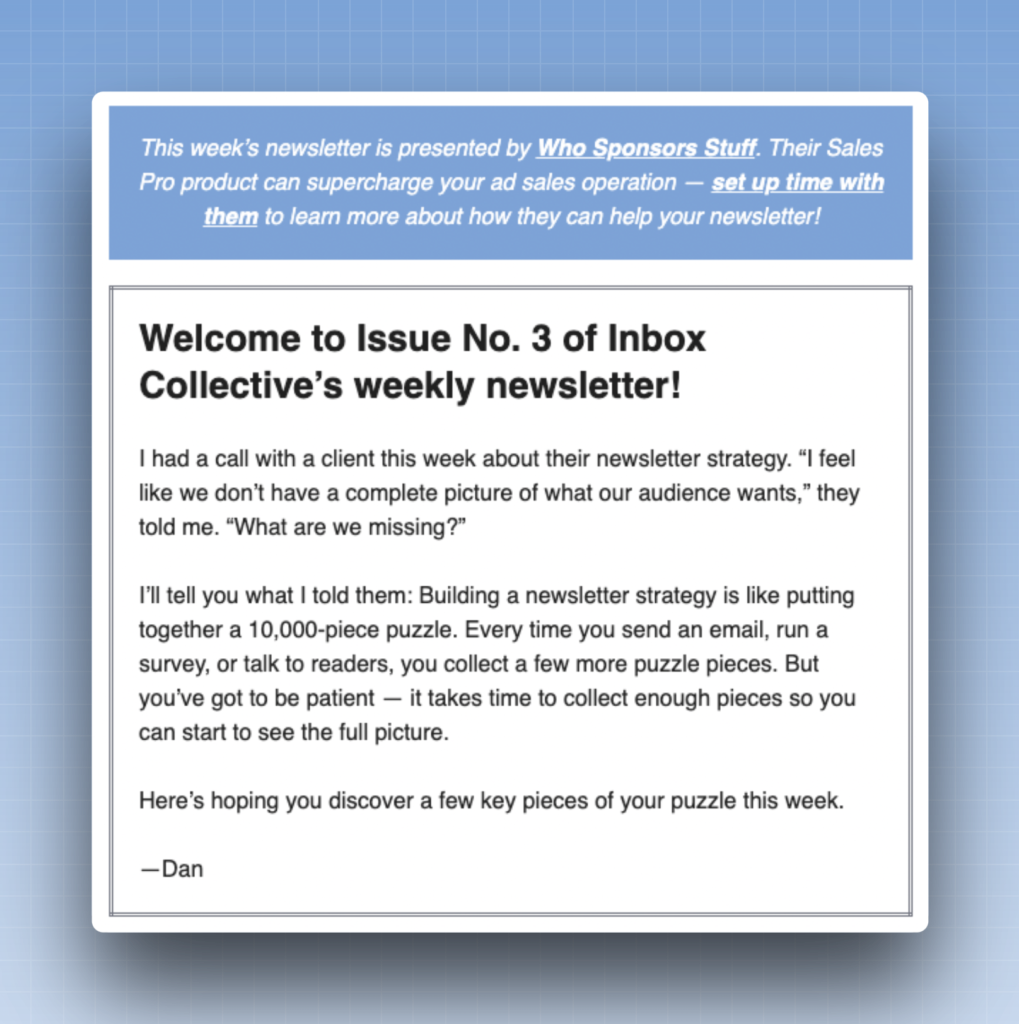
There’s this great piece of research out from the teams at Trusting News and the News Revenue Hub. They worked with five non-profit newsrooms that serve communities in five different states — Connecticut, Michigan, Pennsylvania, Texas, and Wisconsin — to test messages around the work these newsrooms do and how they operate. All five tested out similar messages.
There was no clear trend across participants, which is to say that each newsroom had different messaging work best for them.
This tells us that each organization is unique and has a unique relationship with their audience. We plan to test this more in the future, but for now, this indicates… that every newsroom should assess their own data and audience feedback regularly and tailor their messaging accordingly.
It echoes something I advise my own clients: Don’t just assume that what worked for someone else will work for you. Use the work you’ve seen from others as a starting point — but then test out those ideas and see what actually works for you and your team.
———
That photo of pencil and paper comes via Unsplash and Dev Asangbam.









